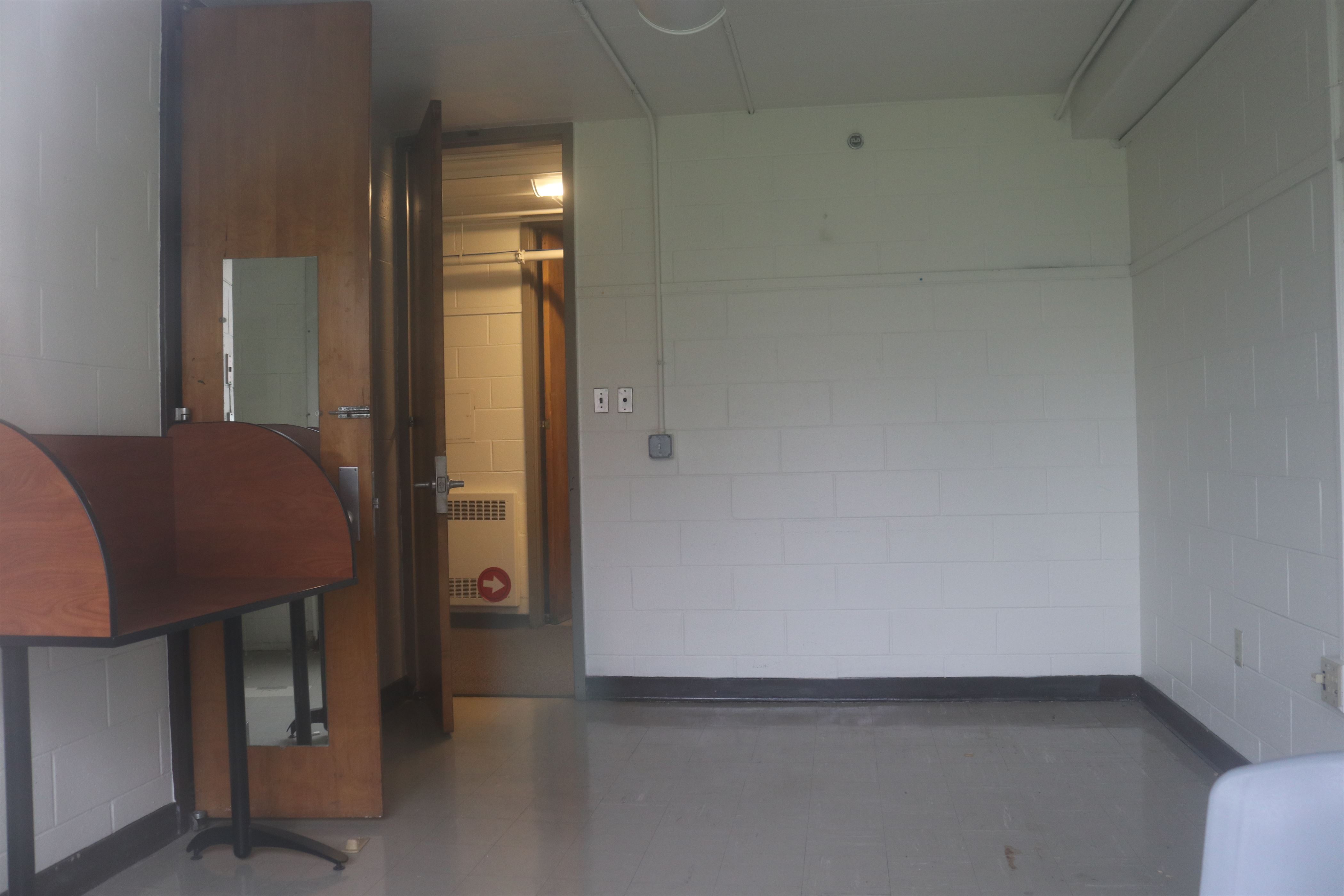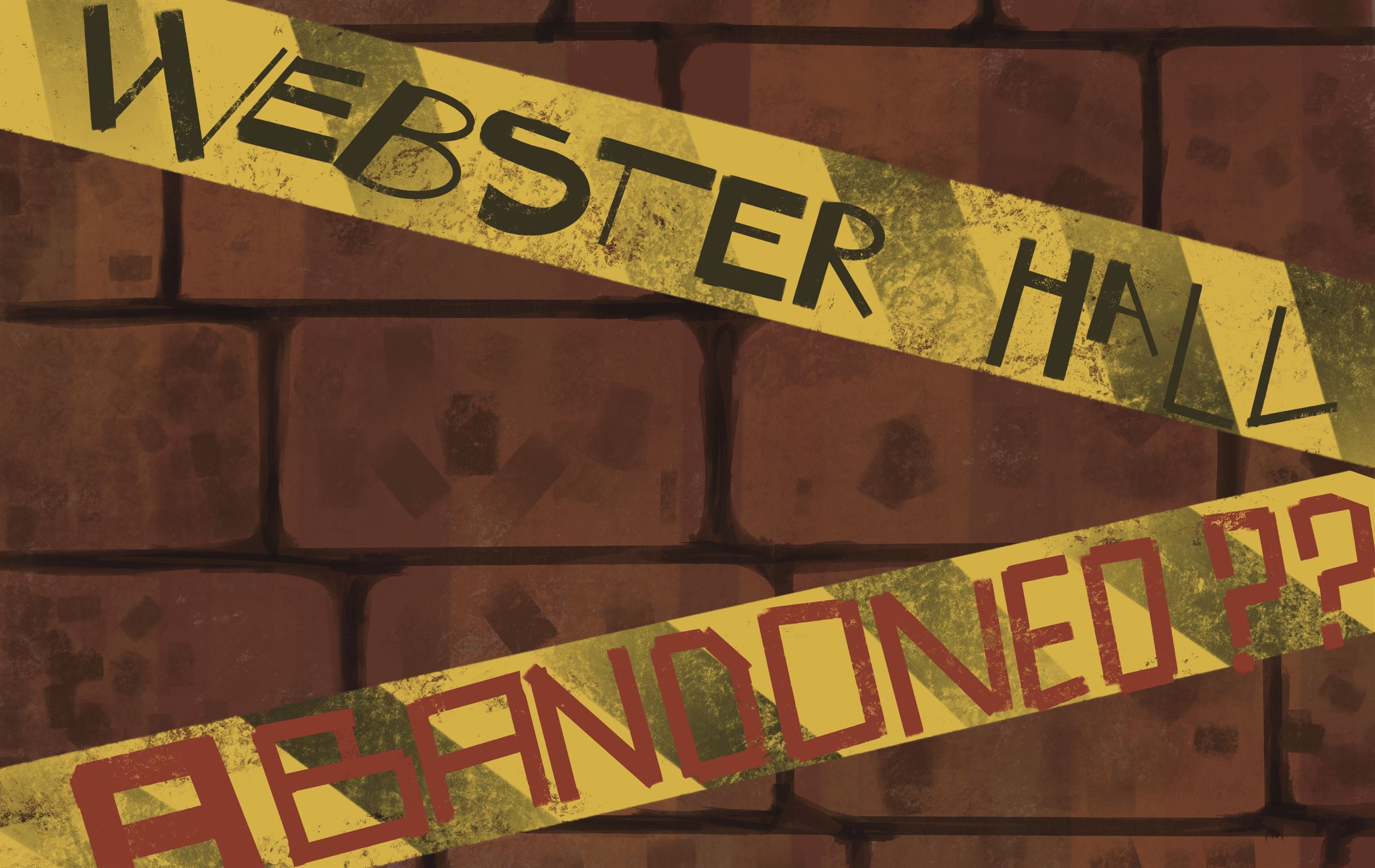The opinion pieces expressed in this publication, The Montclarion, are those of the author(s). They do not claim to reflect the opinions or views of the The Montclarion, other than Editorials written by The Montclarion Editorial Board staff.
At the heart of campus, tucked between Reid Hall and Blanton Hall, lies a small, thin, three-story building known as Webster Hall. Not many pay attention to the brown building, as it blends into the rest of campus, but I can’t help but notice how empty it is.
For the past year, I have not seen a single person go in or out of the building. The contents of this building and its purpose intrigued me.
The outside of the building resembles a typical dorm hall: a corridor leading into similarly sized rooms, same-sized windows in each room, an air conditioner unit attached to each window, and a room at the back of the building which could be a common area. As a new student last semester, I assumed that it was a residence hall just based on its appearance, but I soon learned that was not the case.
As of right now, according to the online campus map, Webster Hall houses several departments and services, such as the Center for Leadership and Engagement, Adult Learning Program, Disability Resource Center, Education Opportunity Fund (EOF), Student Academic Services, Academic Success Center and Veteran and Military Resources. However, according to the Montclair State University website, all of these departments are listed in Cole Hall under their contact information. From Mar. 10, 2021, to June 3, 2022, Webster Hall was primarily used as a Coronavirus (COVID-19) pandemic testing location.
Of course, I am not making any assumptions. Perhaps Webster Hall does house extensions of these departments. As I got a closer look at the building, I noticed strange things: empty rooms, randomly placed furniture, shut-off lights and a locked main entrance. This only enhanced my curiosity.

Exterior of Webster Hall. Photo credit: Catherine Khitiri
Decades ago, Webster Hall was in fact used as a residence hall, housing 125 female students in suite-style double rooms connected by a bathroom. With the emergence of more modern and attractive residence halls, such as the Heights, students began moving out and the building lay abandoned.

An empty room in Webster Hall. Photo credit: Catherine Khitiri
So what now? What should be done about this seemingly abandoned building? For starters, the university could take advantage of an empty building, especially in such a prime location in regards to distance to academic buildings. Right next to Blanton Hall and Bohn Hall, Webster Hall would make the perfect new residence building.
Especially amid the largest student body size in university history, Montclair State could truly benefit from another residence hall.

Interior of the side room with the lights off and abandoned furniture. Photo credit: Catherine Khitiri
This year, the university quickly reached its housing capacity of 5,069.
With a nearly tripled housing waitlist, many students were left without a place to stay. The university offered nearly 200 students the opportunity to live at Bloomfield College to compromise on the influx of housing needs. Currently, more than 50 students live in Schweitzer Hall at Bloomfield College.
Instead of having students live miles away from campus, we can reopen Webster Hall as a residence hall to accommodate more housing.

Although it is one of the older buildings on campus, a full refurbishment would be ideal, but of course, that takes time and money. Opening the building as a new residence hall sooner than later would diminish the need for housing and increase housing capacity. For the past two years, Montclair State has welcomed the largest freshman class. If this trend continues, the need for housing will only grow. The university should utilize the space and allow students to live there.
Until then, I will continue to walk past an empty building.



